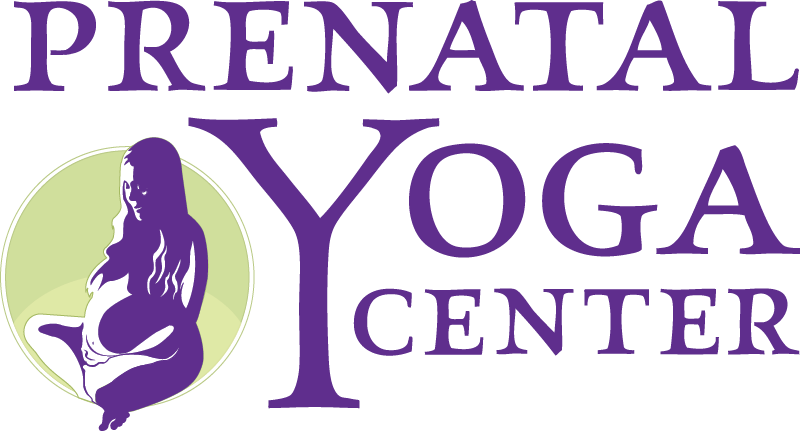There’s no magic wand that guarantees a specific birth outcome, but preparation can significantly tilt the odds in your favor. If you’re looking for effective ways to prepare your pelvis for birth, you’re in the right place!
Navigation
Why Prepare Your Pelvis?
The pelvis plays a crucial role during childbirth. While many people think of the pelvis as a fixed boney structure, it consists of the two hip bones (the innominate bones), sacrum and tailbone. The pelvis also has joints; the pubic symphysis in the front of the pelvis and sacroiliac joints in the back. These allow the pelvis to be mobile.
Ensuring the pelvis has mobility and that the supporting muscles have strength can potentially make the birthing process smoother. By incorporating specific exercises and poses into your routine, you can release tension in various parts of your body, leading to a more balanced pelvis and pelvic floor. This might even aid in smoother labor progression.
Top 7 Moves for Pelvic Preparation
Here are seven of my favorite moves to get your pelvis birth-ready:
1. Side Lunge
This pose is a class favorite! It has several purposes. Not only does it help release tension in the adductors (the inner thighs) but it helps open the pelvis asymmetrically. This opens the midpelvis and can help make more space for the baby as it descends and rotates through the pelvis. (I love when a yoga pose can be used in birth preparation and in the actual birth process!)
2. Figure 4
This pose releases the piriformis. The piriformis is a muscle that attaches from your sacrum to your greater trochanter of the femur (the outer hip). The more pregnant you get, the more your pelvis tips forward and your thigh bones roll outward. In turn, your piriformis becomes shorter and tighter. A tight piriformis can pull the sacrum out of alignment, which can affect the pelvic floor and some very important uterine ligaments that we don’t want torqued or misaligned for birth.
3. Child’s Pose
Child’s pose offers the space for your back ribs to expand and can facilitate and focus on diaphragmatic breathing. Diaphragmatic breathing helps relax the pelvic floor muscles. This pose also gives space for the sit bones to widen and the tailbone to release back, helping the pelvic floor muscles gently lengthen. Remember, we want the pelvic floor to be able to stretch as the baby passes through it.
4. Rocking Cat/Cow
Rocking cat / cow can release tension in the lower back and help maintain mobility of the spine and pelvis. This can also be a laboring position done on all 4’s or leaning over a birth ball for support. Let’s not forget that belly-down poses can be beneficial for encouraging the baby into a favorable birthing position!
5. Rocking Squats
Rocking squats can help open the inner thighs, lengthen the pelvic floor muscles, and gently stretch the hips, calves, and ankles. (Forget this pose if your baby isn’t positioned well or if you have placenta previa!) The rocking motion also tends to be rhythmic and relaxing.
6. 90/90
This exercise offers so much! It helps with hip mobility, releases the psoas muscle, helps reduce round ligament pain and provides internal rotation which many yoga poses do not! Add a heel lift on the back leg to wake up your glutes!
7. “Deb’s Pyramid”
Forgive me for naming the pose after myself! This pose is a mashup of downward dog and prasarita parsvottanasana (also known as “Pyramid Pose”). This pose offers internal rotation which is great for lengthening and releasing the pelvic floor muscles and an amazing back stretch which can help with tight lower back muscles which helps balance the pelvis.
By regularly practicing these poses, you can release tension from your pelvic floor, adductors, glutes, back ribs, psoas, piriformis, and lower back. When your pelvis is better balanced, you are helping eliminate tensions and obstructions that your baby may encounter as it navigates its way through your pelvis.
Which Pose is Right for You?
Everyone’s body is different, so it’s essential to find out which pose works best for you. Which one is your favorite? Let us know!
Join Our Classes!
Want to learn these poses under expert guidance? Pop into one of our ONLINE or IN PERSON prenatal yoga classes. You’re sure to see many of these poses included in our sessions. Check out our class schedule below!

